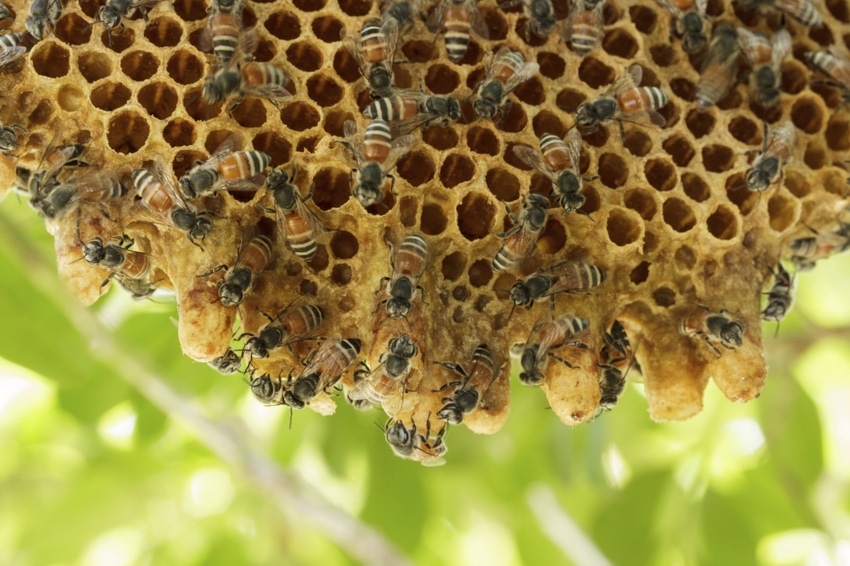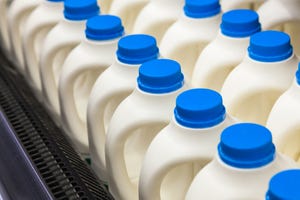Derivative of antibiotic apidaecin, naturally produced by bees, wasps and hornets, can block production of proteins in potentially harmful bacteria.
September 7, 2017

An antimicrobial compound made by honeybees could become the basis for new antibiotics, according to new research at the University of Illinois at Chicago (UIC).
No new antibiotics have been discovered for more than 30 years, and some bacteria are becoming immune to the drugs used to treat or prevent infections, UIC said.
Each year in the U.S., at least 2 million people become infected with bacteria that are resistant to antibiotics, and at least 23,000 people die each year as a direct result of these infections, according to the Centers for Disease Control & Prevention. Many more people die from other conditions that were complicated by an antibiotic-resistant infection.
In a new study published in the journal Nature Structural & Molecular Biology, UIC researchers, led by co-investigators Alexander Mankin and Nora Vázquez-Laslop of the College of Pharmacy’s Center for Biomolecular Sciences, explained how a derivative of the antibiotic apidaecin — Api137 — can block the production of proteins in potentially harmful bacteria.
Many antibiotics kill bacteria by targeting the ribosome, which makes all the proteins in the cell. Protein production can be halted by interfering with different stages of translation — the process by which DNA is “translated” into protein molecules, Mankin said. Api137 is the first known inhibitor of translation termination, he said.
Api137 is a natural product produced by bees, wasps or hornets. In nature, many organisms defend themselves from infection by making antibacterial peptides, which can be used as antibiotics if “we understand how they work,” said Tanja Florin, a UIC doctoral student who served as one of the lead authors on the paper.
“This project was a result of an excellent collaboration of our team,” said Vázquez-Laslop, who worked with two research groups in Germany. “We can now harness the knowledge of how Api137 works in order to make new drugs that would kill bad bacteria using a similar mechanism of action.”
Co-authors include Dorota Klepacki of UIC; Marina Rodnina, Cristina Maracci and Prajwal Karki with the Max Planck Institute for Biophysical Chemistry in Gottingen, Germany, and Daniel Wilson, Michael Graf, Otto Berninghausen and Roland Beckmann with the University of Munich in Germany.
You May Also Like



